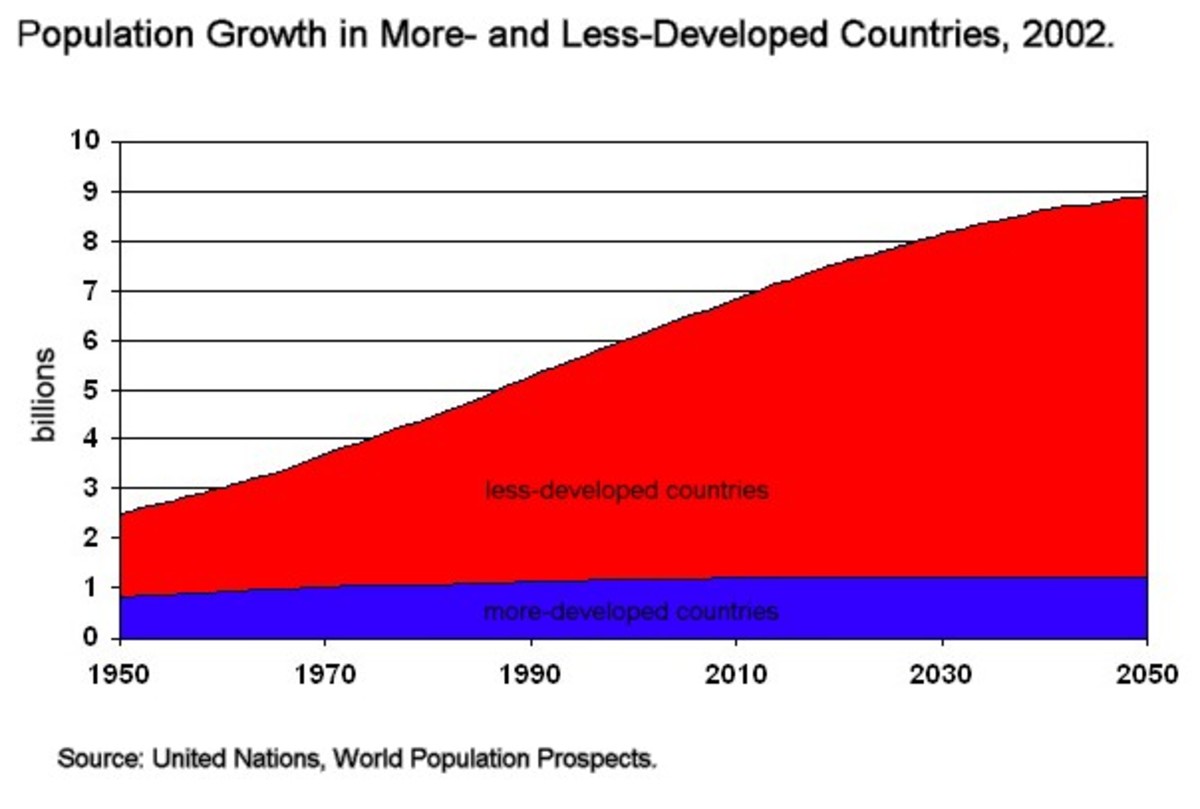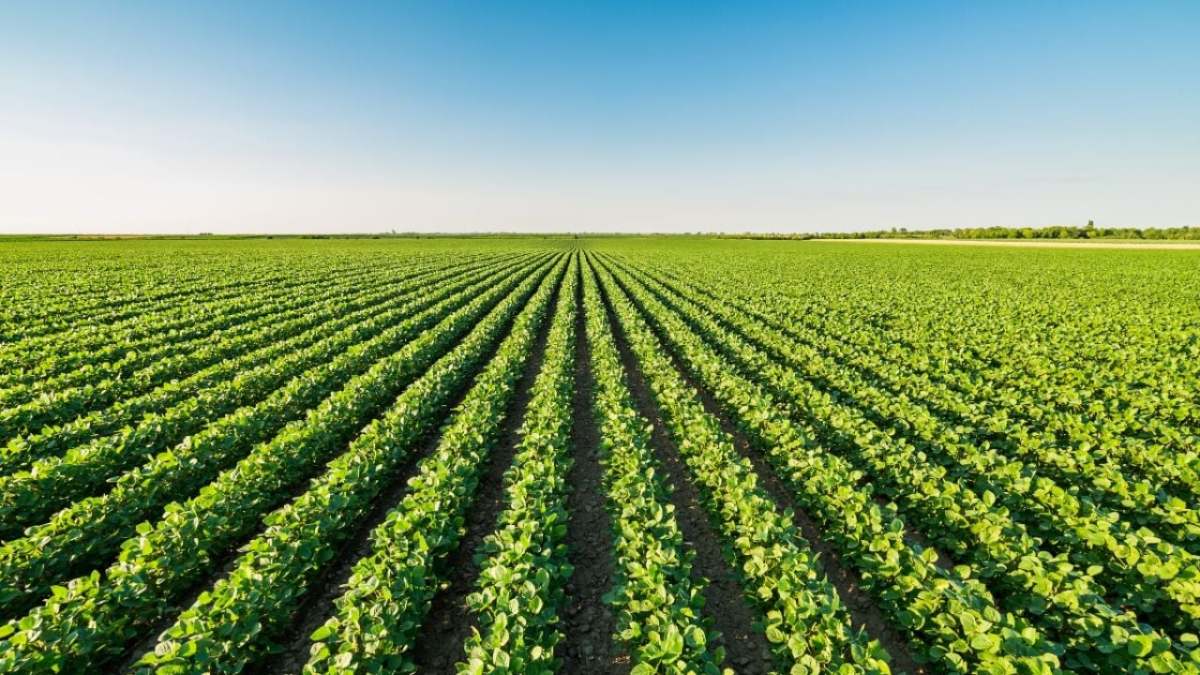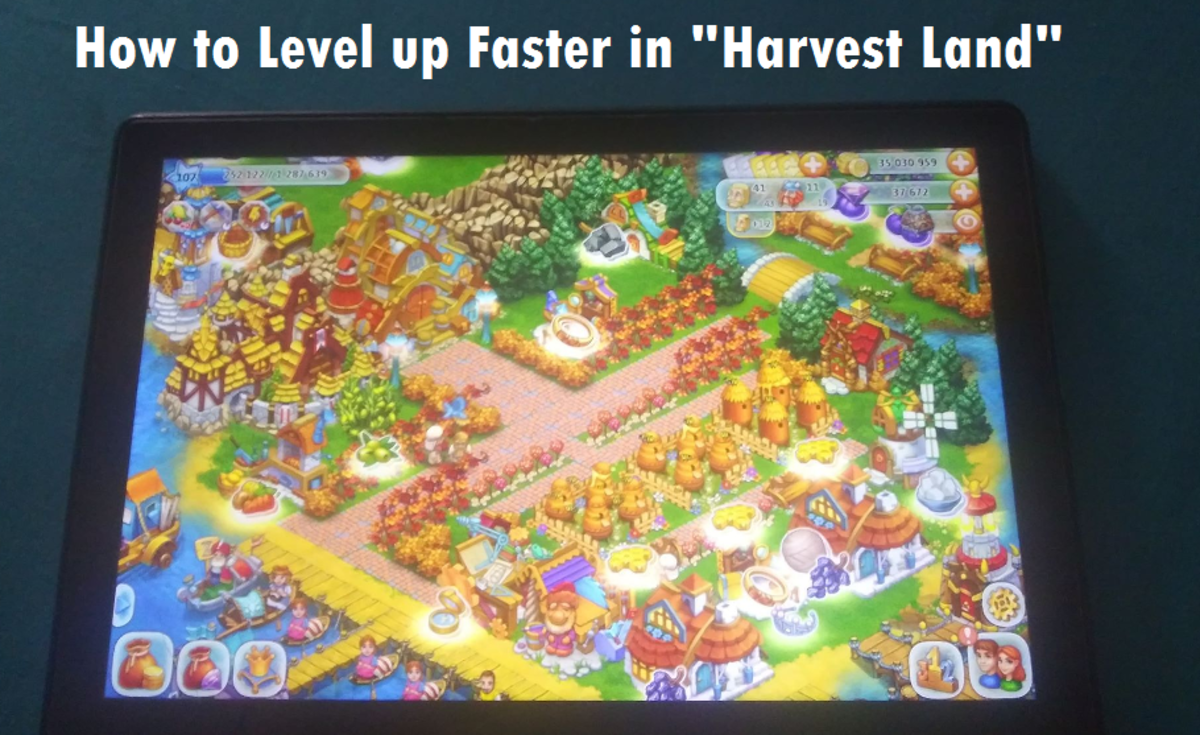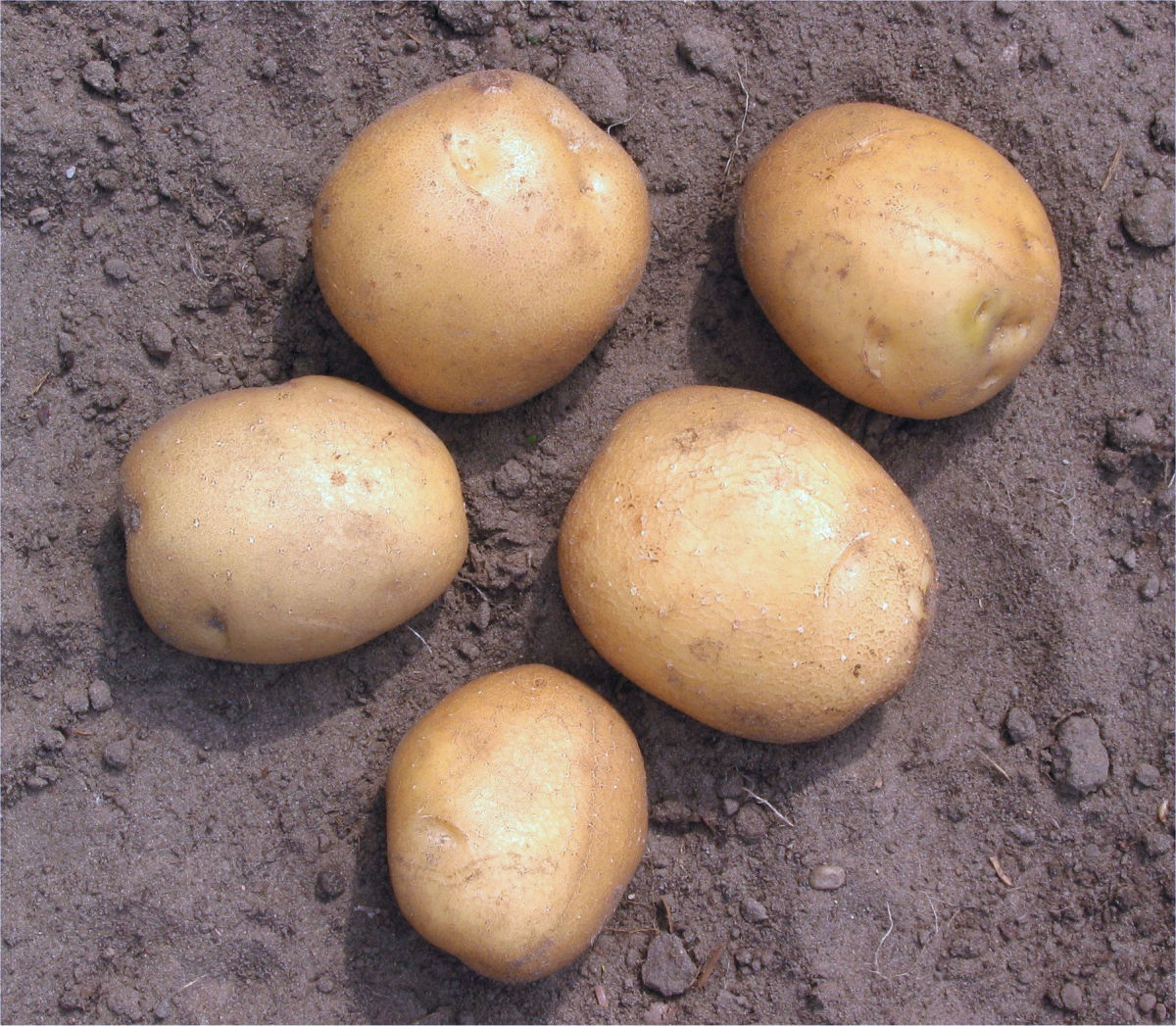How Do Farmers Deal With Soil Compaction?
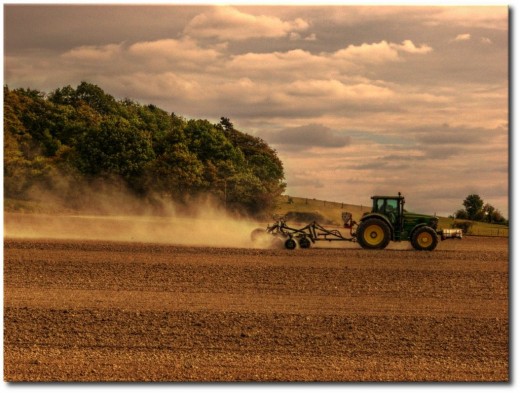
In many areas of commerce, technological advances lead to higher production levels in less time. Yet they can also leave detrimental side effects that offset the gains made in efficiency. The Industrial Revolution during the late 19th and 20th centuries, for example, led to explosive economic growth in the United States. Accompanying this boom, however, was a proliferation of pollutants in the air, water and land, as well as abuses of the labor force. These threats to health and welfare required years to address and correct: some with government intervention, others with further improvements in technology.
Agriculture is not immune from this phenomenon. Here is an observation from the Federal Reserve Bank of Dallas:
As growing world demand encourages U.S. farmers to expand production, constraints on land, water and energy will compel them to rely on science and technology for increases in production and on entrepreneurial skills to manage the technology. Technology is not an option. Advances will allow greater production at lower prices, and producers must adopt these technologies to remain competitive.
Today's technology gives farmers with thousands of acres of land the same information and control backyard gardeners have at their fingertips. Each plot of land can receive ample water, seed and fertilizer to maximize yield, without excess. Computers, satellites and microchips are giving farmers better information and making machinery smarter and more powerful to get the most from every input. Technology is dramatically increasing the amount of land each farmer can work effectively.
Unfortunately, the smarter and more powerful technology is also proving to be much heavier. With increased weight comes increased adherence to gravity, with soil compaction the unintended consequence. Farmers can look forward to a day when tractors, planters and combines will – like the cell phone – shrink in size but grow in power. Until then, they do well to understand the causes, effects and ways to reduce compaction. Happily, most cooperative extension agencies have a handle on this problem.
Compaction occurs when tractor and implement traffic press down on the soil, increasing its density and, obviously, reducing the size of the pores between soil particles. Optimal soil composition stands at 50 percent particles, 25 percent water and 25 percent air, the latter two components occupying the pores. Compaction reduces pore size, thereby diminishing the presence of water and air in the soil profile. Thus, both irrigation and drainage take longer, leaving the fields wetter and therefore delaying planting schedules.
While tillage can ameliorate the compaction near the surface, 30-plus ton loads affect the particle densities well beneath that level. It can be safely surmised, therefore, that once the damage is done, attempts at reversal are of limited effect. Emphasis on limiting the degree of compaction is more feasible and the results more measurable. For instance, the University of Missouri Extension identifies high tire inflation pressure as a primary villain in compaction nearest the surface, recommending larger tires at lower pressure.
Working wet soil is generally considered to create optimal conditions for compaction. Farm Journal interviewed an Iowa State agricultural engineer, who summarized the problem this way:
If conditions are too wet in the spring, producers could smear the seed furrow sidewall, a form of soil compaction that makes it difficult for root systems to move laterally.
Yet, researchers out of Kansas State University see a threshold of soil moisture, beyond which compaction is lessened. Acknowledging water’s properties to be conducive to particle lubrication and subsequent compaction, the scientists contend nevertheless that enough saturation can stifle compaction, as the water fills the pores previously occupied by air, thereby keeping the pores intact. That said, the safest course of action is still to refrain from planting, cultivating or harvesting under wet conditions.
This solution, like reducing axle loads, can not be implemented in a vacuum. Economics dictate certain carrying capacities as well as what days a farmer may tend to the land. Keeping this in mind, the University of Missouri Extension staff recommends traveling along the same tracks to reduce the area of compaction. Likewise, they advise establishing an efficiency protocol that keeps the number of passes by tractor and implements to a minimum. Research further shows that use of a chisel plow in tillage is an effective compaction fighter, though its efficacy requires it to sink beneath the compacted area.
All in all, successfully addressing compaction consists of timing, traffic management, wise implement selection and – often – just plain luck.


